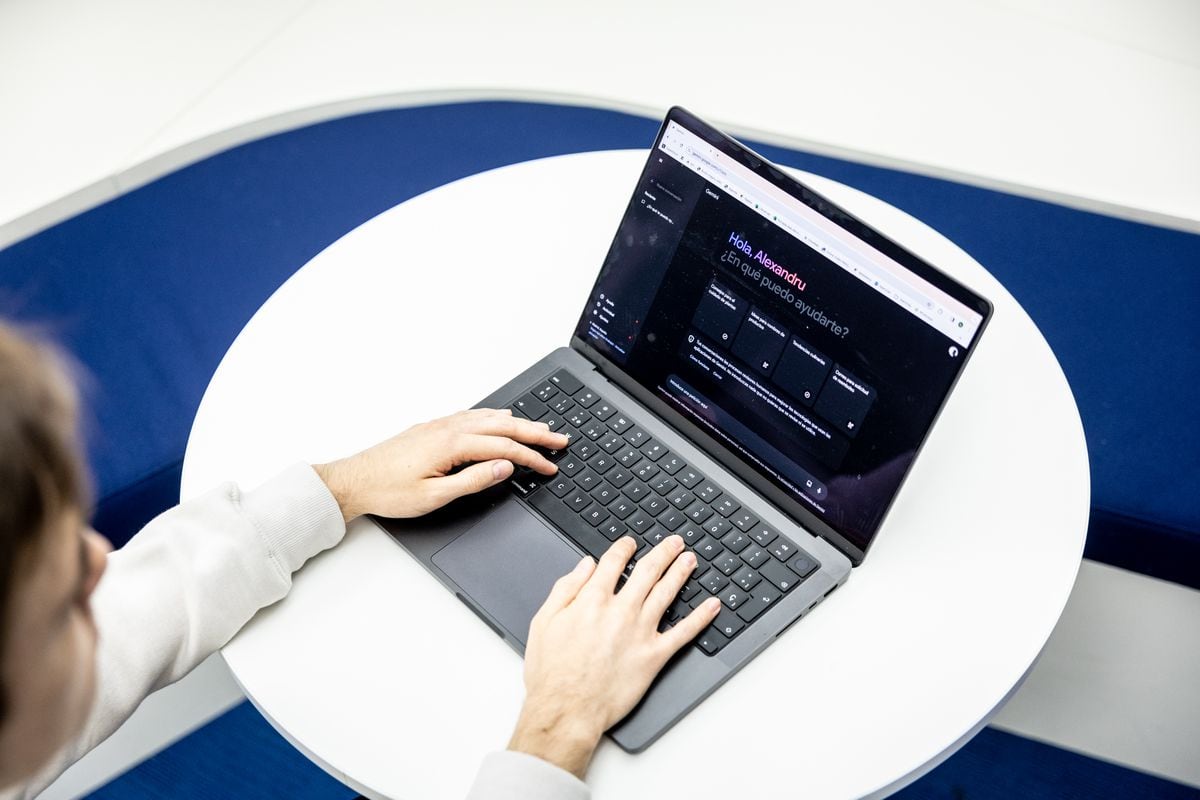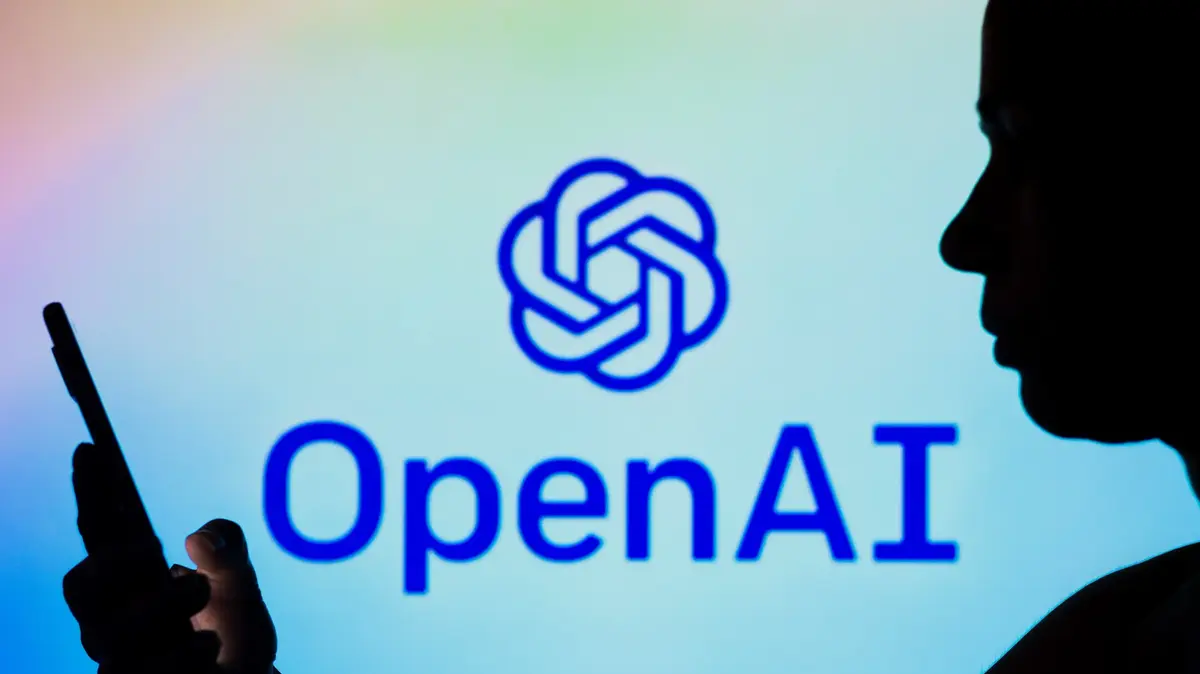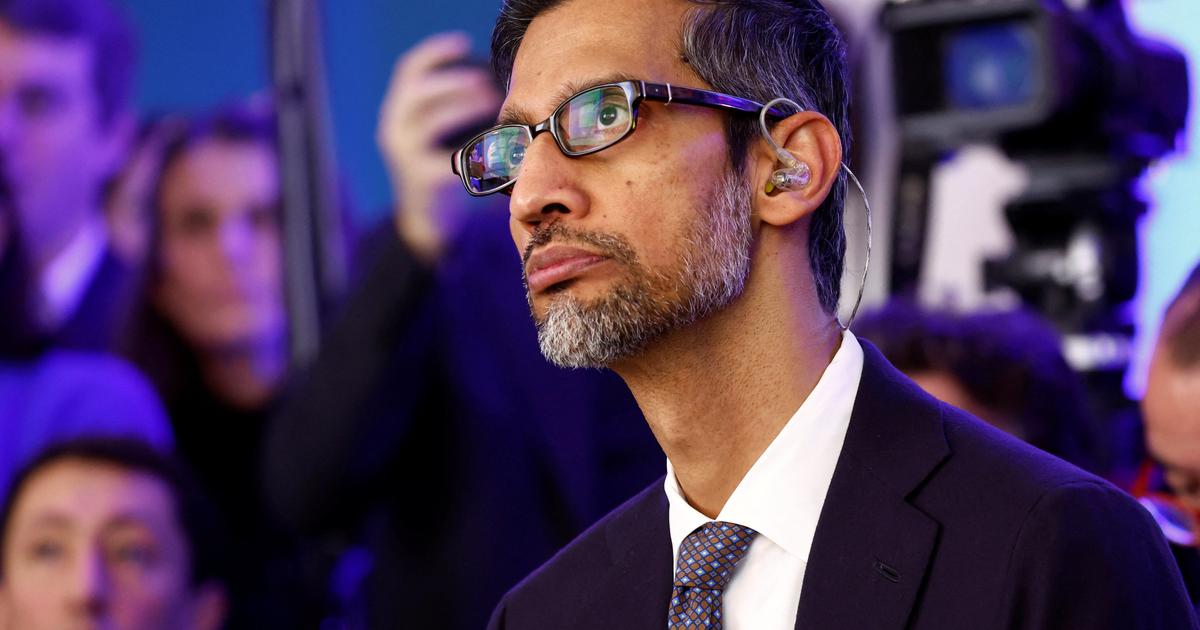When Edward Tian, a senior at Princeton University, New Jersey, USA, returned home for Christmas break, ChatGPT was already monopolizing conversations and debates around the world.
OpenAI, a company that researches with artificial intelligence (AI), had launched ChatGPT on November 30, a chatbot or computer program with which you can have a conversation and which is already part of the daily life of many who have been able to try it. (when it is not collapsed by the enormous demand).
Among the controversies that arose with this launch, the one that refers to the fact that students can write essays or even a work of fiction just by proposing a topic to the program or by asking a few questions is one of the most commented.
Making use of ChatGPT's own architecture, Tian designed GPTZero during his days off, a tool that allows detecting whether a text has been created with artificial intelligence, as stated in the NewScientist
publication
.
In some tests carried out, the model reaches 98% accuracy.
“We had more than 35,000 teachers on the waitlist while we were working on the personalized version for educators.”
That version was released on February 14, but until then, a beta version was freely available (meaning you don't need to register to try it), which is still available today.
I spent New Years building GPTZero — an app that can quickly and efficiently detect whether an essay is ChatGPT or human written
— Edward Tian (@edward_the6) January 3, 2023
In this trial version, it can be seen how the tool evaluates how likely it is that a text has been created by artificial intelligence and how much that probability varies throughout the text, because what is produced by a person contains fragments that could appear to have been created. by artificial intelligence and others that are not, while what is generated by artificial intelligence is more constant.
Edward Tian's motivation for developing the ChatGPT counterpart arose, he says, from the fact that “these technologies are very innovative, but when you release them into the world, there is a lot of potential for abuse, so you have to build defenses at the same time, not months or years later.
“I didn't expect it to go viral at all,” he says.
In fact, the website he used to host GPTZero quickly provided him with free resources, after becoming the most popular app on the platform.
When she visited her old high school over Christmas, Tian's English teacher conveyed her perception that all students are using ChatGPT.
For this reason, and because of the comments that have come to her, she is aware that her tool has become a relief for teachers: “Many say that it is comforting to know that GPTZero exists.
Even if they're not using it, they find it reassuring to know it's there."
Cristóbal Fernández Muñoz, Vice Dean of Communication and Institutional Relations of the Faculty of Information Sciences of the Complutense University of Madrid, explains that in the academic field they are closely following what is happening with ChatGPT: "Digital plagiarism due to intelligence artificial is something especially worrisome in areas such as education, where originality is an irreplaceable value”.
At the Complutense University, for example, they have been using a plagiarism detection program called Turnitin for years, which is incorporated into the virtual campus and which even students can use when submitting papers, so that they can see the percentage of possible plagiarism and the suspicious fragments.
“GPTZero is a very interesting project, we will surely see many more along the same lines, such as Turnitin, which in 2023 will incorporate more AI writing detection features, including those that recognize the use of ChatGPT”, points out the professor.
When asking Edward Tian what reactions he has encountered from other students, he says he hopes they are not angry, and he assures that he does not expect that as a result of his tool the matter will become a battle of teachers against students.
“Actually, I belong to the student team.
I myself use ChatGPT for my coding classes and I believe that students should have access to and use these technologies because it is our future.
I think that GPTZero is moving away from black and white, and is being a tool that serves to start the conversation between students and teachers”.
His goal is that these technologies are used responsibly and not as a secret weapon, neither by the student nor the teacher.
“In the educational field, it will not be strange that alternative tests proliferate to avoid automatically generated texts, such as those carried out in real time with devices that lack this technology or oral and manually written face-to-face exams.
However, this does not mean that we are against the use of these technologies.
In certain cases, there is room for them if they are always used ethically.
As long as it is used responsibly, artificial intelligence has the potential to support and improve the learning process”, insists Cristóbal Fernández.
The ChatGPT developer, OpenAI, also released a tool at the end of January to indicate if a text has been written with artificial intelligence, but, in this case, what it does is classify the possibility as very unlikely, unlikely, possible or probable.
The company itself acknowledges that "it is not entirely reliable."
In the tests carried out by the company, the tool found that the texts had been written by artificial intelligence in 26% of the cases, while in 9% of the cases it labeled texts written by people as created by artificial intelligence.
Even so, he insists that the longer the writing, the more the mechanism improves.
OpenAI has already started working on a watermark that helps to identify the texts that have been produced by its ChatGPT, but, according to cryptography experts, even if it gets under way, there will be someone who will find alternatives.
Furthermore, GPTZero and similar models that emerge can only continue to function if OpenAI continues to provide free access to its AI models.
In fact, right now, Tian's tool works with a previous version of ChatGPT, so some experts warn that if the OpenAI model is updated to make it something else, it could produce inaccurate results.
You can follow
EL PAÍS Tecnología
on
and
or sign up here to receive our
weekly newsletter
.



/cloudfront-eu-central-1.images.arcpublishing.com/prisa/YF7GIHYSMRN4JGNOYSGVWLH3ZY.jpg)











